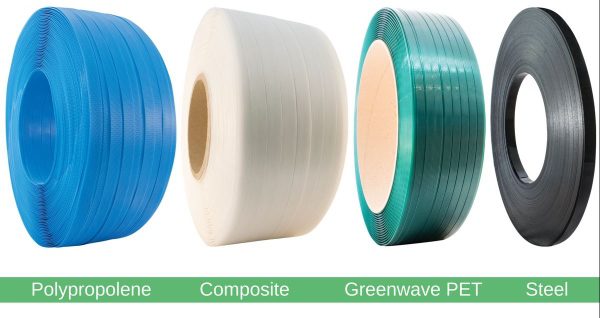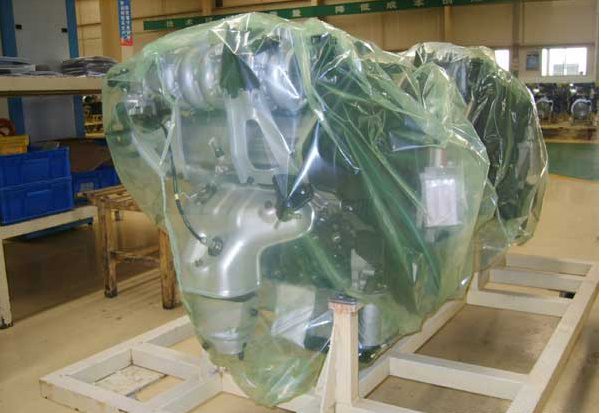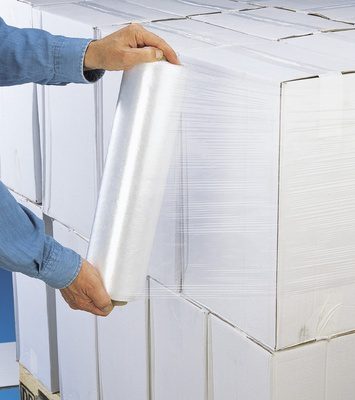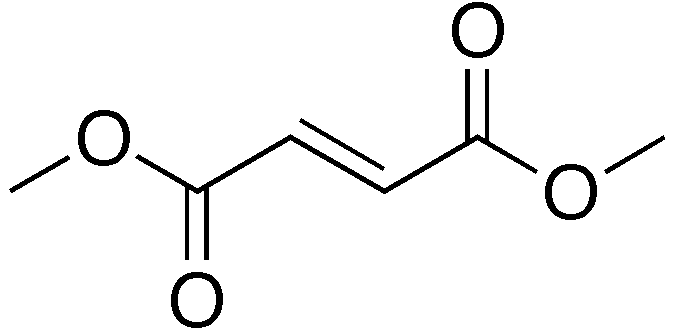Excess moisture within a cargo container can damage the contents through oxidation, discolouration or mould growth. It can also deteriorate packaging. As moisture damage can lead to a receiver rejecting the container at the port, poor humidity control can be very costly.
Although some moisture will enter the container on route, through air gaps in the doors and vents, the majority of the moisture inside a container will be present at packing and be contained in the cargo, packaging, pallets, dunnage, container floor and the air inside when the doors are shut.
By taking steps to minimise the volume of moisture introduced at packing and by actively removing moisture from the atmosphere, moisture damage during transit can be avoided.
Normally, moisture damage will be avoided if the atmosphere can be maintained at below 70%rH but this will depend on the cargo being shipping.
Minimising moisture
Steps to reduce the amount of moisture present inside a container include only using pallets and wooden dunnage that has a moisture content of 17% or less. If pallets are stored outside, they can soak up moisture that is later released into the container and its cargo. A hand held moisture meter is an economic and reliable way to tell whether pallets are suitable.
Plastic pallets, although more expensive than wooden pallets, present a moisture free alternative and help to minimise the moisture physically introduced to a container.
Ensure the container itself is as dry as possible. Was it just washed prior to packing? Have work boots carried in rain water or snow?
The temperature of the contents can play a significant role in moisture build-up. Packing a warm container with cold products can cause condensation as can packing a cold container with warm products. If possible equalise the container and content’s temperature prior to packing.
Tightly wrapping a pallet with shrink wrap will not stop moisture problems. Any moisture already present inside the shrink wrap can condense on to the product or inside of the wrapping. This moisture could be present in the air, the pallet or the product itself. Leaving a gap at the top and bottom of the pallet can allow air to travel around the product and placing desiccant inside of the wrapping will also help avoid moisture damage.
Whether or not to seal a container’s air vents depends largely on the cargo being shipped. The air inside a container will try to achieve equilibrium with the contents. Cargo will absorb moisture from humid air but likewise cargo will give up its moisture to a dry atmosphere. When shipping dry cargoes it is advisable to tape the vents shut to avoid moisture being sucked in by a dry internal atmosphere. For a moist cargo, leave the vents open.
Container Rain
Container rain is condensation that forms on the ceiling of a cargo container and drips onto the cargo causing moisture damage.
This can result in a container being rejected by a receiver at the port costing the exporter dearly.
Relative Humidity & Container Rain
An atmosphere’s humidity is relative to its temperature. This is because cold air can hold less moisture than warm air. A 1m cube of air at 25°C which contains 20g of moisture may have a relative humidity of 80%rH (relative humidity). That means it could potentially hold another 20% (4g) of moisture before becoming saturated (100%rH).
However, drop the cube’s temperature to 17°C and the relative humidity will rise to 100%rH even though it contains the same amount of moisture. This is because at the lower temperature the air can no longer hold as much moisture.
When this saturated air comes into contact with a surface colder than itself the moisture will condense out onto it.
Put this in the context of a logistics operation and it means that when a container is loaded with cargo in a tropical port at an atmosphere of 90%rH and 32°C it will hold about 33g of moisture per m³.
As a 20ft container has a volume of around 33m³ this equates to about 1.089 litres of water held in the air of the container.
When it arrives in a European port with an atmosphere of 0°C and 55%rH the air will be able to hold just 5g of moisture. This results in 28g of moisture condensing out of every 1m³ of air inside the container, which is just under 1 litre of moisture for a 20ft and 2 litres for a 40ft container.
Preventing Container Rain
The objective is to maintain a humidity below which condensation forms, and if does form, to have a system that will react quick enough to absorb the excess moisture prior to droplets forming.
1kg of HLC container desiccant can absorb up to 20g of moisture per hour so can make a significant difference to the atmosphere during the day and night cycles of temperatures increasing and decreasing within a container.
It acts as a buffer absorbing excess moisture and helps to maintain the equilibrium between the humidity of the air and the container’s contents.
Cargo Sweat
Cargo sweat occurs when transporting cargo from a cold or temperate climate to a warmer part of the World. The moisture in the air condenses out on to the cargo or its packaging causing moisture damage.
Closely wrapping a pallet and its contents with shrink wrap will not stop these moisture problems from occurring. The moisture already present in the air, product and packaging inside the shrink wrap can condense on to the product or inside of the wrapping. Leaving an air gap at the bottom and top of the pallet can allow air to circulate through preventing condensation. Also positioning desiccant inside of the wrapping will also help avoid condensation.
As cold air holds less moisture than warm air, the temperature inside the container greatly affects the behaviour of the water present inside. Moisture will condense out of the atmosphere, increasing humidity levels, in the coldest parts of the container.
Temperature levels are often different within a container, resulting in different levels of humidity. This can cause seemingly random moisture damage only in certain areas of the cargo. For instance, a densely packed cargo could be cooler in the centre than the exterior due to the outside acclimatising at a faster rate than the inside. Moisture can be drawn into the centre raising the humidity. Conversely a warm cargo packed in a cold climate could be cooler at the exterior.
These internal differences can run in cycles as the container itself heats up during the day and night.
To minimise this effect, it is beneficial to equalise the container and content’s temperature prior to packing. Packing a warm container with cold products can cause condensation as can packing a cold container with warm products. However, this is not always possible.







